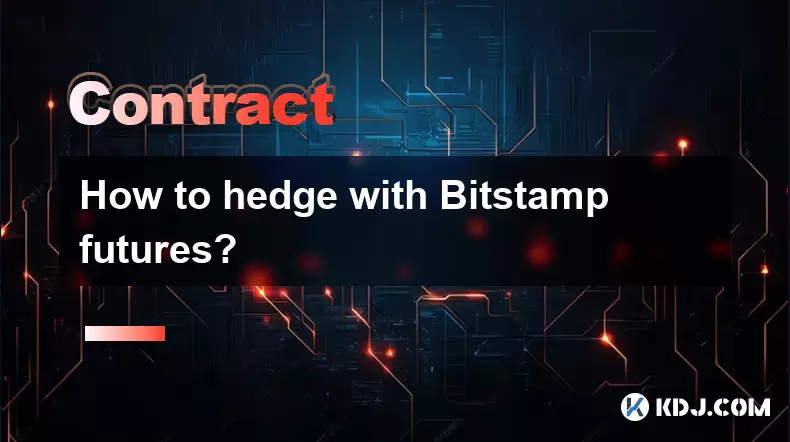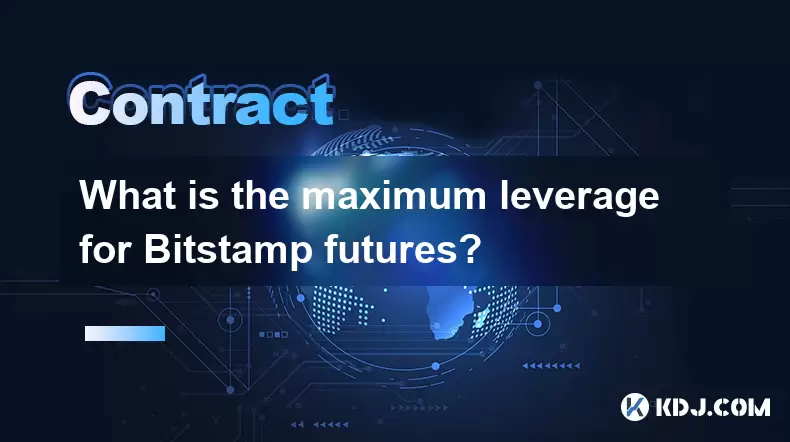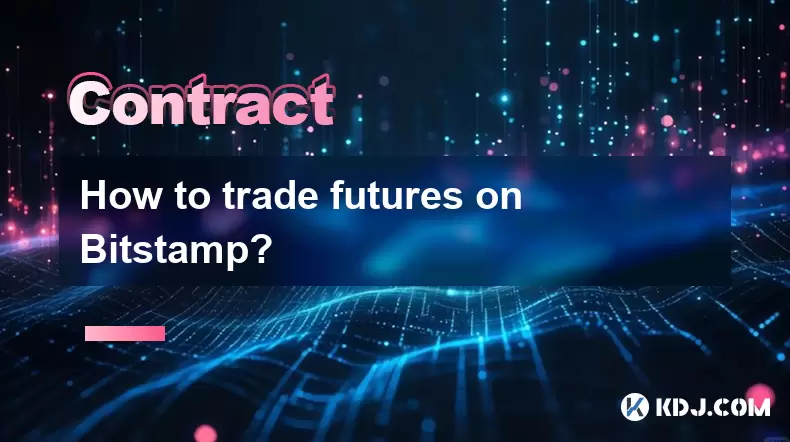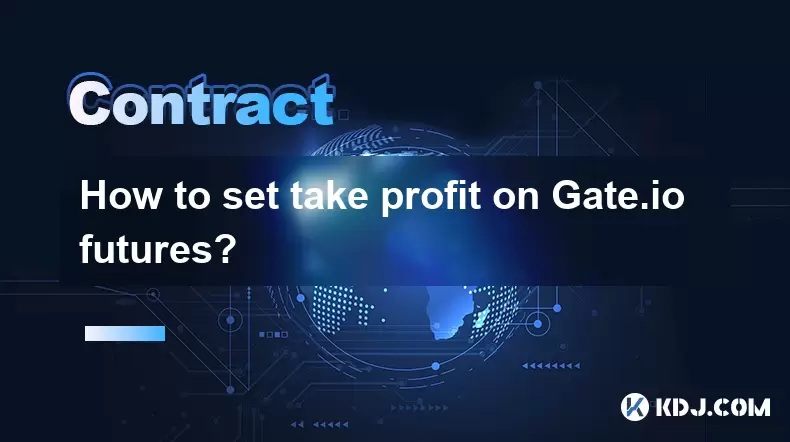-
 Bitcoin
Bitcoin $118900
0.42% -
 Ethereum
Ethereum $3710
-2.88% -
 XRP
XRP $3.513
-2.96% -
 Tether USDt
Tether USDt $1.000
-0.01% -
 Solana
Solana $203.0
3.65% -
 BNB
BNB $765.5
-1.29% -
 USDC
USDC $0.9998
0.00% -
 Dogecoin
Dogecoin $0.2671
-4.18% -
 Cardano
Cardano $0.8817
-3.63% -
 TRON
TRON $0.3139
-0.64% -
 Hyperliquid
Hyperliquid $44.34
-5.45% -
 Stellar
Stellar $0.4637
-4.08% -
 Sui
Sui $3.908
-2.59% -
 Chainlink
Chainlink $19.34
-2.62% -
 Hedera
Hedera $0.2712
-3.77% -
 Avalanche
Avalanche $24.97
-4.13% -
 Bitcoin Cash
Bitcoin Cash $519.8
-1.48% -
 Shiba Inu
Shiba Inu $0.00001518
-3.74% -
 Litecoin
Litecoin $115.6
-2.21% -
 Toncoin
Toncoin $3.460
3.68% -
 UNUS SED LEO
UNUS SED LEO $8.977
-0.07% -
 Polkadot
Polkadot $4.460
-2.96% -
 Uniswap
Uniswap $10.53
-5.43% -
 Ethena USDe
Ethena USDe $1.001
0.01% -
 Monero
Monero $323.6
-0.36% -
 Pepe
Pepe $0.00001379
-2.60% -
 Bitget Token
Bitget Token $4.772
-3.90% -
 Dai
Dai $0.9999
0.00% -
 Aave
Aave $307.5
-6.66% -
 Bittensor
Bittensor $441.8
0.84%
What happens during a Coinbase futures liquidation event?
On Coinbase Futures, a liquidation event occurs when adverse price moves cause your margin to fall below maintenance levels, triggering an automatic position close to prevent further losses.
Jul 22, 2025 at 10:15 pm

Understanding Futures Liquidation on Coinbase
A futures liquidation event on Coinbase occurs when a trader’s leveraged position can no longer be sustained due to adverse price movement. This mechanism protects both the trader and the exchange from negative balances. When the price of the underlying asset moves against the trader's position and their margin balance falls below the maintenance margin requirement, the system automatically closes the position. This is known as liquidation. It’s essential to understand that liquidation is not a manual process—it is triggered algorithmically based on real-time market data and the trader’s account health.
Maintenance margin is the minimum equity a trader must maintain to keep a leveraged position open. If the equity drops below this threshold, the position becomes vulnerable to liquidation. Traders can monitor their margin level through the "Margin Ratio" indicator on Coinbase Futures, which shows how close a position is to being liquidated.
How Liquidation Triggers Work
Liquidation triggers are determined by the mark price, not the last traded price. The mark price is an index-based price designed to prevent manipulation and ensure fair liquidation. If the mark price hits the liquidation price (calculated using the trader’s leverage and position size), the system initiates the liquidation process.
- The exchange checks the trader’s account equity against the maintenance margin requirement
- If equity is insufficient, the system flags the position for liquidation
- A liquidation order is sent to the matching engine
- The position is closed at the best available market price
This process happens within milliseconds. Traders must be aware that during high volatility, slippage can cause the actual execution price to differ from the liquidation price, potentially resulting in a loss greater than the initial margin.
What Happens to Your Funds After Liquidation?
Upon liquidation, your position is fully closed, and any remaining margin is returned to your account. However, if the liquidation occurs during extreme market conditions and the position cannot be closed at a price that covers the full loss, Coinbase employs a socialized loss mechanism or an insurance fund to absorb the deficit. This means the platform may use its own reserves rather than deducting additional funds from your account.
Important: You will not owe money beyond your initial margin unless you are engaging in isolated margin mode with insufficient collateral. In cross-margin mode, your entire account balance acts as collateral, so poor risk management can lead to total account loss.
Step-by-Step: How to Avoid Liquidation on Coinbase Futures
To prevent liquidation, traders must actively manage risk. Here’s how to do it:
- Set appropriate leverage: Lower leverage (e.g., 2x–5x) reduces liquidation risk significantly
- Use stop-loss orders: These act as a safety net by closing the position before it reaches the liquidation price
- Monitor your margin ratio: Keep it well above the liquidation threshold—ideally above 50%
- Avoid over-leveraging: High leverage (e.g., 50x–100x) increases the chance of liquidation even with small price movements
- Check funding rates: Negative funding rates can erode margin over time, especially in long positions
Each of these steps must be applied consistently. For example, setting a stop-loss at 10% below your entry price can prevent the market from reaching your liquidation level, which might be only 15% away under high leverage.
Real-Time Liquidation Notifications
Coinbase provides real-time alerts when a position approaches liquidation. These appear in the app and may also be sent via email or push notification. The alert includes the current margin ratio, liquidation price, and time elapsed since the last price update. Traders should act immediately upon receiving such a notification by either adding more margin or reducing position size.
Key point: If you receive a liquidation warning, you have a narrow window—often seconds—to add funds or adjust your position before the system auto-closes it. Delaying action can result in full loss of the position.
Impact of Market Volatility on Liquidation Risk
High volatility increases the likelihood of liquidation because prices can move rapidly past liquidation thresholds. During events like macroeconomic announcements or flash crashes, even well-managed positions may get liquidated due to price gaps or slippage.
- Slippage means your position may be closed at a worse price than expected
- Price gaps occur when there’s no trading activity between two price points, skipping over your liquidation level entirely
- Bid-ask spread widening during volatility can also accelerate margin erosion
Traders should avoid holding large leveraged positions during high-impact news events unless they have robust risk mitigation strategies in place.
Frequently Asked Questions
Can I get liquidated even if I have funds in my account?
Yes. If your position’s margin ratio falls below the maintenance level, liquidation will occur regardless of other funds in your account—unless you’re using cross-margin mode and those funds are available as collateral.
Does Coinbase charge a fee for liquidation?
No direct fee is charged for liquidation, but the position is closed at market price, which may include slippage costs. In rare cases, if the insurance fund covers a shortfall, no additional fee is passed to the user.
How do I check my liquidation price on Coinbase Futures?
Go to the positions tab in the Futures interface. Each open position displays a “Liquidation Price” field. This updates in real time based on your current margin and the mark price.
What is the difference between partial and full liquidation?
Coinbase typically executes full liquidation, meaning the entire position is closed when the threshold is breached. Partial liquidation (closing only part of the position) is not currently supported on Coinbase Futures.
Disclaimer:info@kdj.com
The information provided is not trading advice. kdj.com does not assume any responsibility for any investments made based on the information provided in this article. Cryptocurrencies are highly volatile and it is highly recommended that you invest with caution after thorough research!
If you believe that the content used on this website infringes your copyright, please contact us immediately (info@kdj.com) and we will delete it promptly.
- SEC, Bitcoin, and Crypto: Navigating the Wild West of Digital Finance
- 2025-07-23 04:30:12
- Tyre Legalities, the 20p Test, and Expert Advice: Staying Safe on the Road
- 2025-07-23 04:50:12
- Liberty Head Double Eagle Proofs: A Golden Opportunity?
- 2025-07-23 04:55:12
- Solana NFTs Surge: Riding the Wave of Market Volume and NFT Hype
- 2025-07-23 04:30:12
- Stablecoin Market, US Treasuries, and Financial Risk: A Deep Dive
- 2025-07-23 05:00:13
- Wall Street Pepe (WEPE) and the Solana Meme Coin Mania: A New Era?
- 2025-07-23 03:30:13
Related knowledge

How to trade ETH perpetuals on Bitstamp?
Jul 23,2025 at 03:28am
Understanding ETH Perpetual ContractsETH perpetual contracts are derivative products that allow traders to speculate on the price of Ethereum without ...

How to hedge with Bitstamp futures?
Jul 23,2025 at 02:00am
Understanding Bitstamp Futures ContractsBitstamp futures are financial derivatives that allow traders to speculate on or hedge against the future pric...

What is the maximum leverage for Bitstamp futures?
Jul 23,2025 at 05:21am
Understanding Bitstamp FuturesBitstamp, a well-established cryptocurrency exchange, offers futures trading to users seeking advanced financial instrum...

How to trade futures on Bitstamp?
Jul 23,2025 at 12:56am
Understanding Bitstamp Futures TradingFutures trading on Bitstamp allows users to speculate on the future price of cryptocurrencies such as Bitcoin an...

How to create a futures API key on Gate.io?
Jul 23,2025 at 03:49am
Understanding Futures API Keys on Gate.ioA futures API key on Gate.io allows traders to automate trading strategies, manage positions, and retrieve re...

How to set take profit on Gate.io futures?
Jul 23,2025 at 01:14am
Understanding Take Profit in Gate.io FuturesWhen trading futures on Gate.io, a take profit (TP) order allows traders to automatically close a position...

How to trade ETH perpetuals on Bitstamp?
Jul 23,2025 at 03:28am
Understanding ETH Perpetual ContractsETH perpetual contracts are derivative products that allow traders to speculate on the price of Ethereum without ...

How to hedge with Bitstamp futures?
Jul 23,2025 at 02:00am
Understanding Bitstamp Futures ContractsBitstamp futures are financial derivatives that allow traders to speculate on or hedge against the future pric...

What is the maximum leverage for Bitstamp futures?
Jul 23,2025 at 05:21am
Understanding Bitstamp FuturesBitstamp, a well-established cryptocurrency exchange, offers futures trading to users seeking advanced financial instrum...

How to trade futures on Bitstamp?
Jul 23,2025 at 12:56am
Understanding Bitstamp Futures TradingFutures trading on Bitstamp allows users to speculate on the future price of cryptocurrencies such as Bitcoin an...

How to create a futures API key on Gate.io?
Jul 23,2025 at 03:49am
Understanding Futures API Keys on Gate.ioA futures API key on Gate.io allows traders to automate trading strategies, manage positions, and retrieve re...

How to set take profit on Gate.io futures?
Jul 23,2025 at 01:14am
Understanding Take Profit in Gate.io FuturesWhen trading futures on Gate.io, a take profit (TP) order allows traders to automatically close a position...
See all articles

























































































